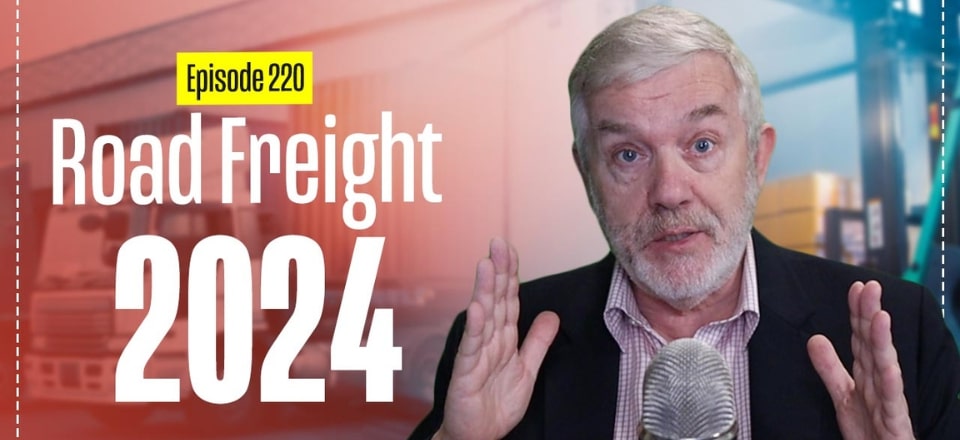High road freight costs and trucking service challenges are pressing issues.
Knowing the common obstacles in road freight is crucial for improvement.
Discover essential tips and strategies in the video below to address these challenges effectively.
Road Freight Strategies
As we approach 2024, it’s important to refine your approach to road freight to optimize efficiency and reduce costs. Here’s a guide to key areas you should focus on in the coming year.
Assessing Your Number of Carriers
Managing the number of carriers is a significant challenge in road freight. In Australia, for example, finding a single carrier capable of covering the entire country can be difficult. Businesses often resort to using multiple carriers, which can result in inefficiencies and higher costs. Some companies find themselves working with over 100 carriers due to decentralized management and regional autonomy. This fragmentation can lead to inconsistent services and missed cost-saving opportunities. Evaluating and possibly consolidating your carriers can improve efficiency and leverage your buying power. Generally, 2 to 4 carriers are sufficient for national distribution, unless you have a dedicated logistics provider managing all aspects.
Re-evaluating Carrier Relationships
Maintaining long-term relationships with freight carriers is common but requires periodic reassessment. While longstanding partnerships can be beneficial, they can also lead to complacency, where neither party seeks out new efficiencies or innovations. Regularly reviewing these relationships ensures that you’re still receiving competitive rates and high-quality service. Instead of frequently changing carriers, consider market testing or benchmarking your current rates to identify potential improvements. This approach helps ensure your road freight services remain both efficient and cost-effective.
Choosing Between In-House and Outsourced Transport
Deciding whether to manage your own transport assets or outsource them is crucial. A hybrid model, where you own and manage high-utilization or specialized vehicles while outsourcing other routes, can be particularly effective. For instance, if you have dedicated routes with high frequency, like a milk run, managing these internally might be more efficient. Outsourcing non-specialized routes provides flexibility and can reduce overall costs. This balanced approach allows you to maintain direct control over essential transport assets while benefiting from the efficiencies of outsourcing.
Optimizing Rate Structures
Optimizing rate structures is vital for controlling transport costs. Make your freight presentation as simple as possible to facilitate easier handling by carriers. Focus not just on the per-pallet rates but also on the overall rate structure. Examine how rates are broken down—whether by volume, weight, or pallet space—and ensure these breaks align with your shipping patterns. Properly structured rates can lead to significant cost savings and improve road freight efficiency.
Maximizing Asset Utilization
Effective asset utilization is another crucial area. Over time, your freight needs may evolve, and so should the equipment used by your carriers. Regularly review how well transport assets are utilized in terms of capacity and efficiency. If the equipment no longer suits your needs, consider discussing upgrades or adjustments with your carriers. Better asset utilization can enhance cost-effectiveness and operational efficiency in road freight.
Reviewing Contract Terms
Finally, carefully review your contract terms to ensure they align with your needs. Many businesses operate under informal agreements, which can lead to unexpected costs and inefficiencies. Examine all aspects of your contracts, including rates, payment terms, fuel surcharges, and labor rates. A detailed and well-structured contract provides clarity and helps manage costs effectively.
If you have questions or need assistance with your freight contracts, visit Logistics Bureau website: https://www.logisticsbureau.com/freight-contract-negotiation-consultants/
Related articles on this topic have appeared throughout our website, check them out:
- 10 Freight Management Mistakes and How to Avoid Them
- Freight Benchmarking: What Is It? Why Do It?
- 12 Smart Ways to Reduce Your Freight Costs
- Do You Know When it’s Time for a Freight Review?
- Is it Time for B2B Freight Providers to Learn From B2C?
Editor’s Note: The content of this post was originally published on Logistics Bureau’s website dated January 10, 2024, under the title “Road Freight 2024: What to Check to Improve Transport Costs & Service“.


